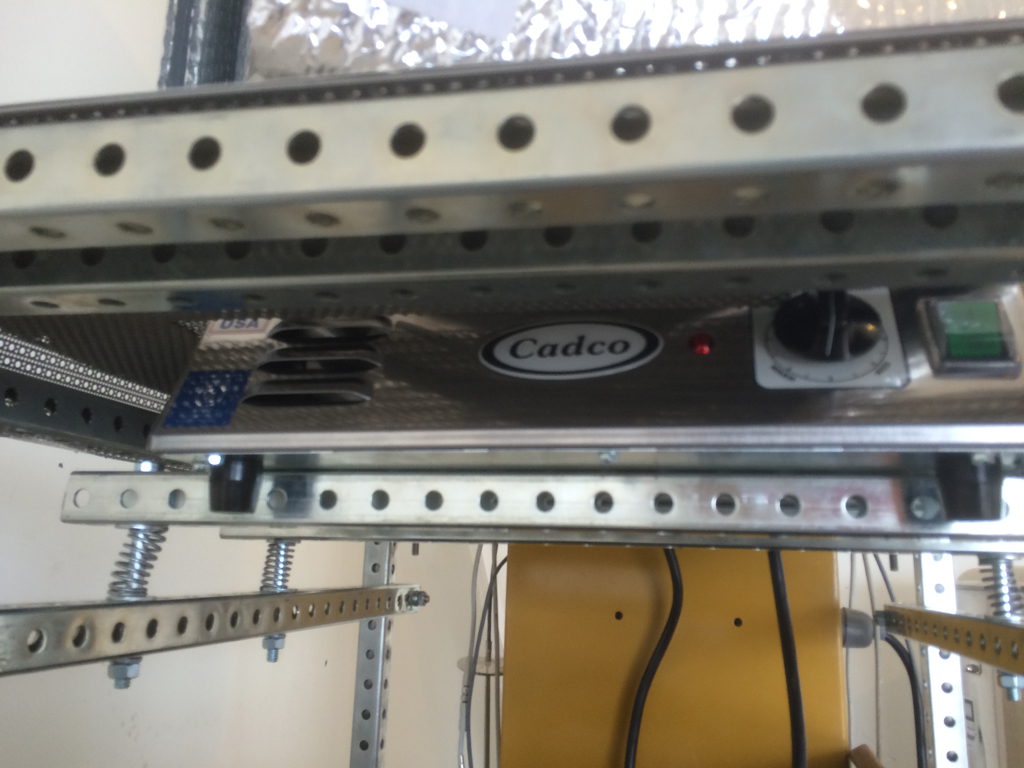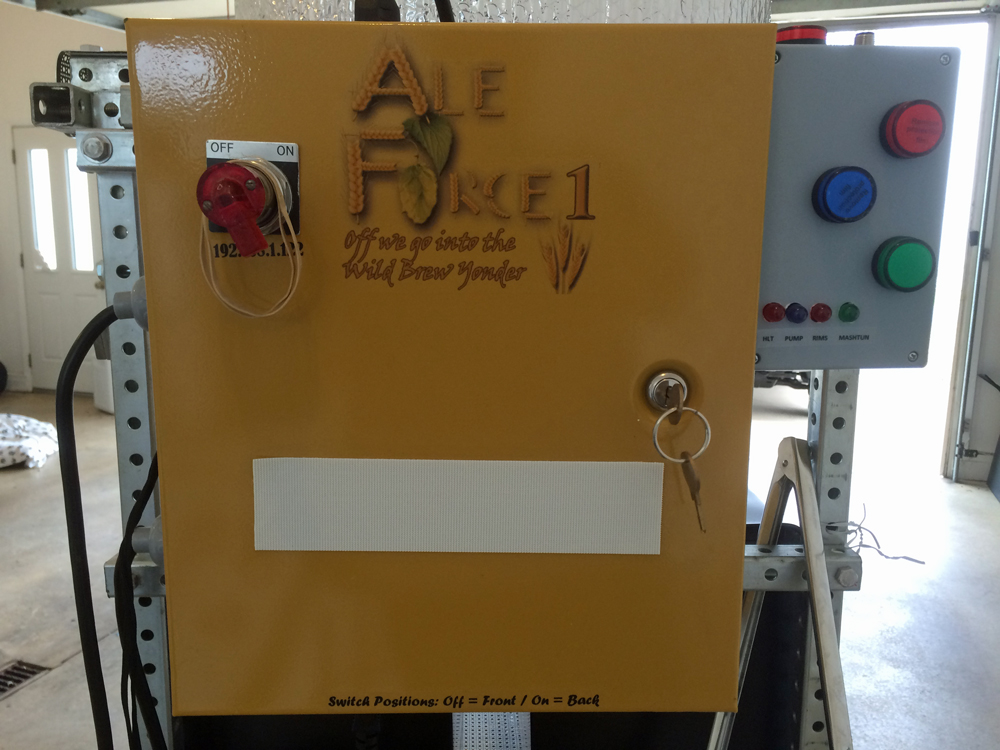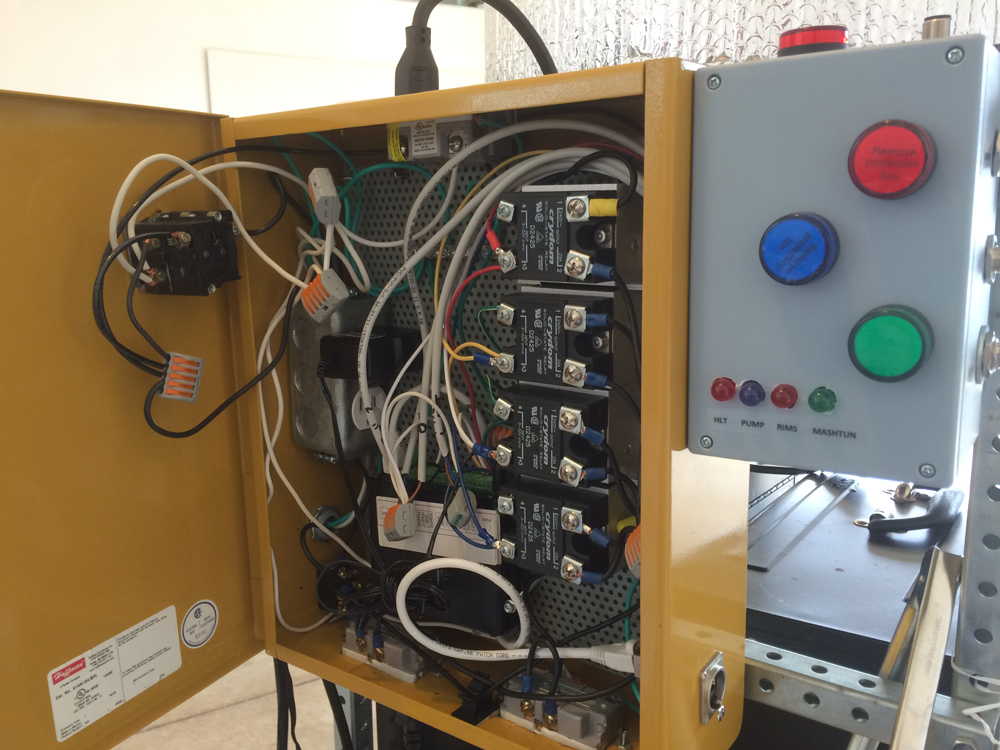Figgy15
Well-Known Member
Hello all...
Hope everyone is having and will continue to have a great holiday season. I was hoping to get as many of your opinions as possible about something.
I just brewed an 8 gallon cider with a buddy. He has a 1500 or 1800 watt induction cooktop. We decided to use that with my Bayou Classic Kettle. Just after an hour, the temp was at 180F...still not boiling. Now, I would love to get away from using propane and switch to this type of heating.
I did research into my type of brew pot and tried to see if an earth magnet would stick to the pot...it didn't. But I've read that it doesn't mean it won't work with induction. I believe it is 304 grade SS. So I'm confused lol. I normally only brew 5 gallons so I was wondering if it took to long to heat due to the amount of liquid. We also had to plugged into a traditional 120V outlet.
I would greatly appreciate any help.
Thank you all in advanced.
Hope everyone is having and will continue to have a great holiday season. I was hoping to get as many of your opinions as possible about something.
I just brewed an 8 gallon cider with a buddy. He has a 1500 or 1800 watt induction cooktop. We decided to use that with my Bayou Classic Kettle. Just after an hour, the temp was at 180F...still not boiling. Now, I would love to get away from using propane and switch to this type of heating.
I did research into my type of brew pot and tried to see if an earth magnet would stick to the pot...it didn't. But I've read that it doesn't mean it won't work with induction. I believe it is 304 grade SS. So I'm confused lol. I normally only brew 5 gallons so I was wondering if it took to long to heat due to the amount of liquid. We also had to plugged into a traditional 120V outlet.
I would greatly appreciate any help.
Thank you all in advanced.











